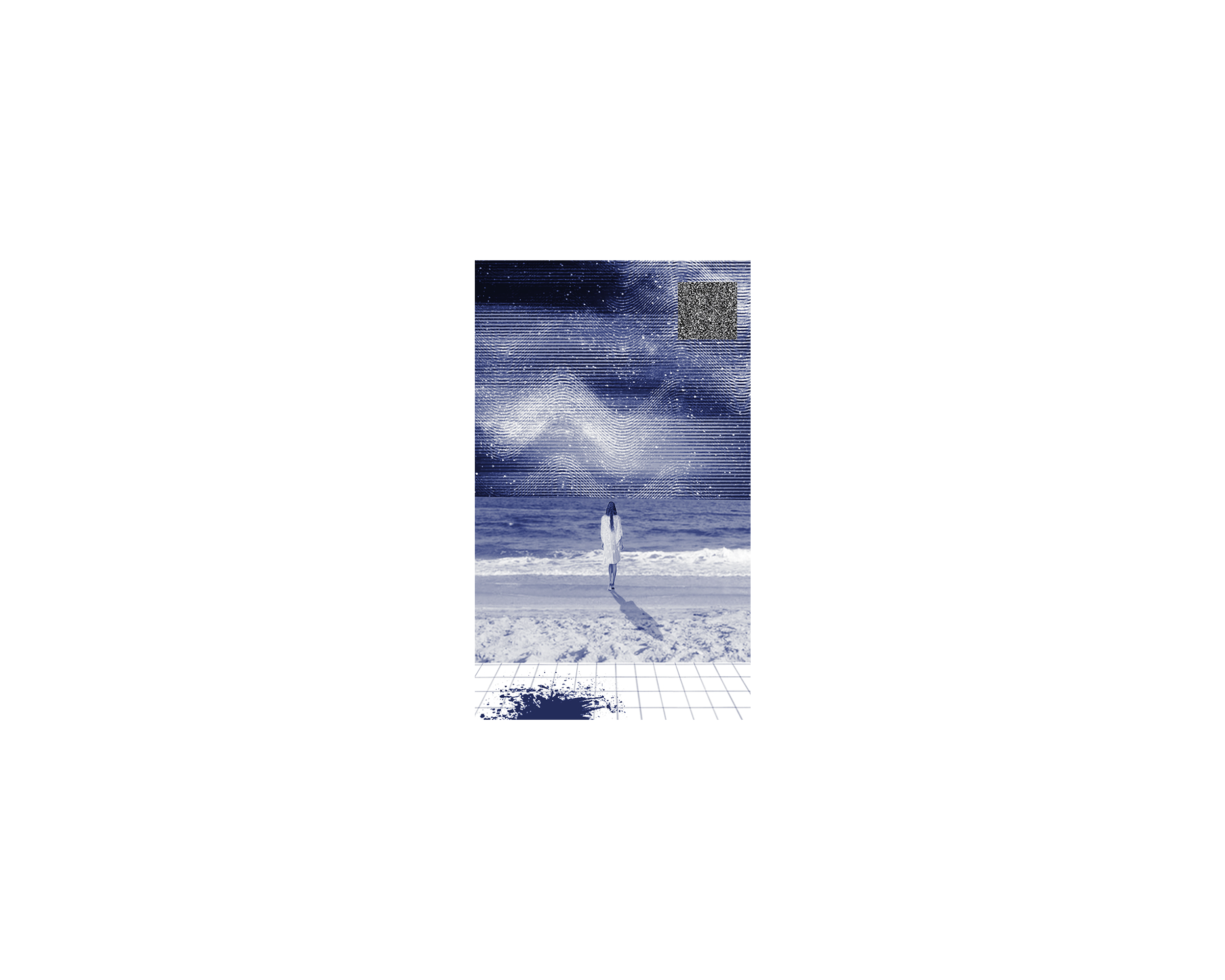FROM NOTHING, EVERYTHING
Over the course of the twentieth century, architecture became increasingly informed by the consolidation of mechanical systems. Air conditioning, electrical conduit, sewage pipes, and the like became prominent fixtures and the space to house them a perpetual challenge. This project confronts the challenge by embracing the use of “void space” at all scales. From the presence of nothing, everything is possible...
The existing site located in the Seaport District of Boston also presents the challenge of two ground planes. The project seeks to support accessibility in the urban environment by naturally connecting the upper and lower streets. The concept of “void” is used to carve out the ground floor of the overall form in order to thread a large pedestrian landscape ramp from the lower to upper elevation. The ground floor also addresses the threat of climate change in the Seaport District, using the void to elevate the upper primary structure and serve as a natural buffer against flooding.
The primary material of cross-laminated timber (CLT) is deployed as a space frame, attached to a CLT post + lintel grid. The key to the space frame is the inherent presence of void, allowing any range of mechanical systems to be freely distributed. In addition, beams and columns are re-designed with steel channels to introduce another scale of void to the project. Every element of the architecture serves a duplicitous purpose, elevating it to something greater than itself.
Due to the flexibility of its usable and service voids, the building “use” has the capability to adapt over time. In this iteration, it is envisioned as a gallery and artist studio cooperative. The use of void in every aspect promotes accessibility, flexibility, and resiliency in design. There is nothing in everything and everything should come from nothing.


















